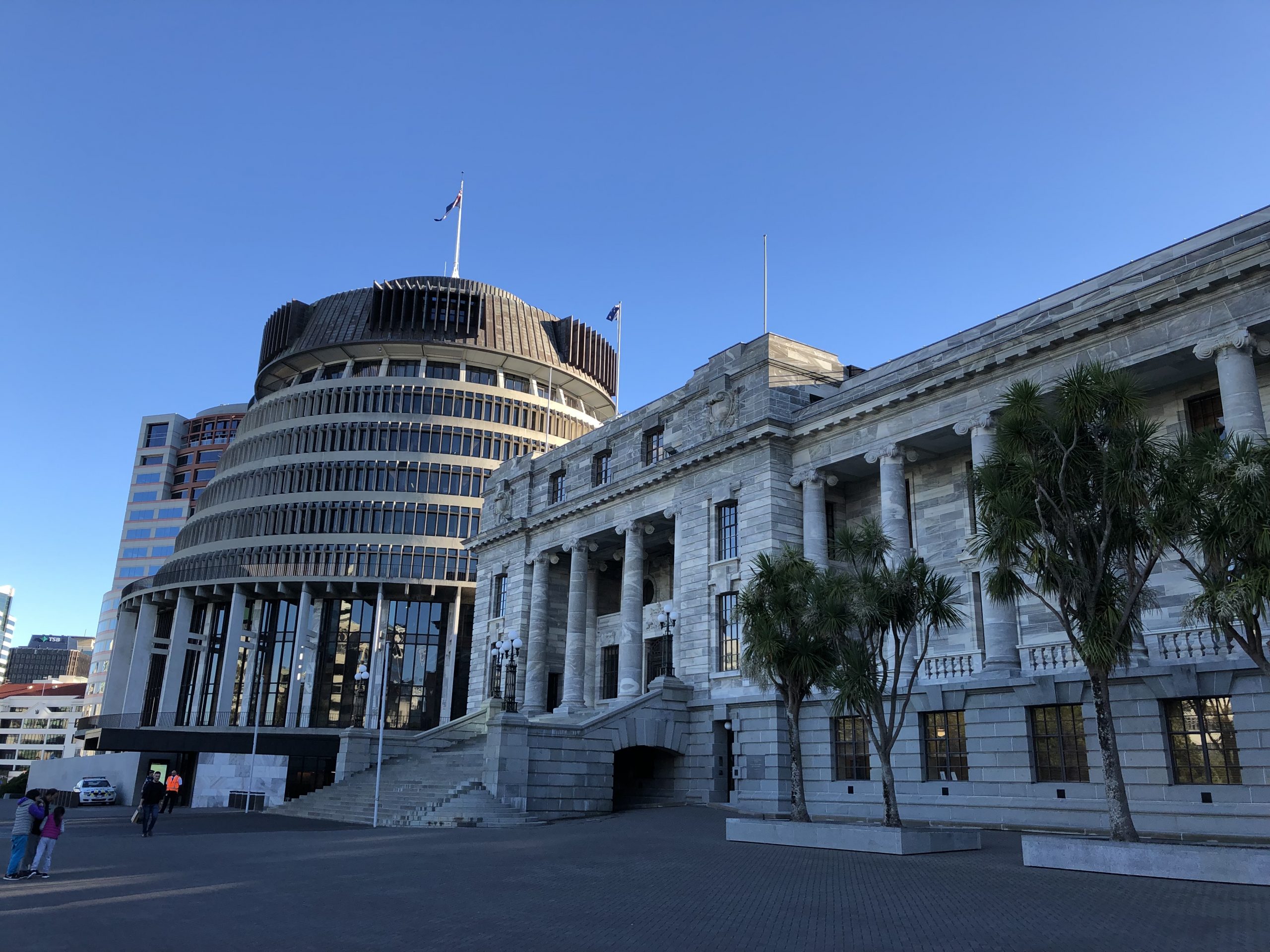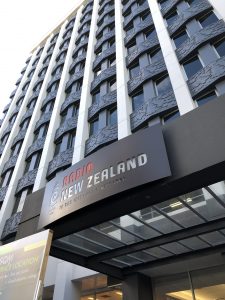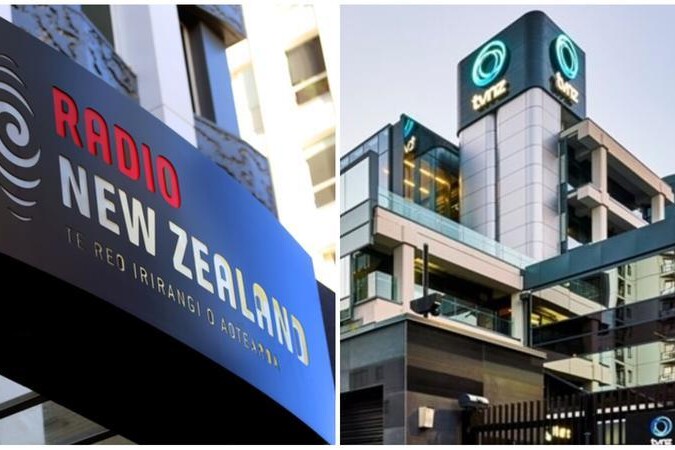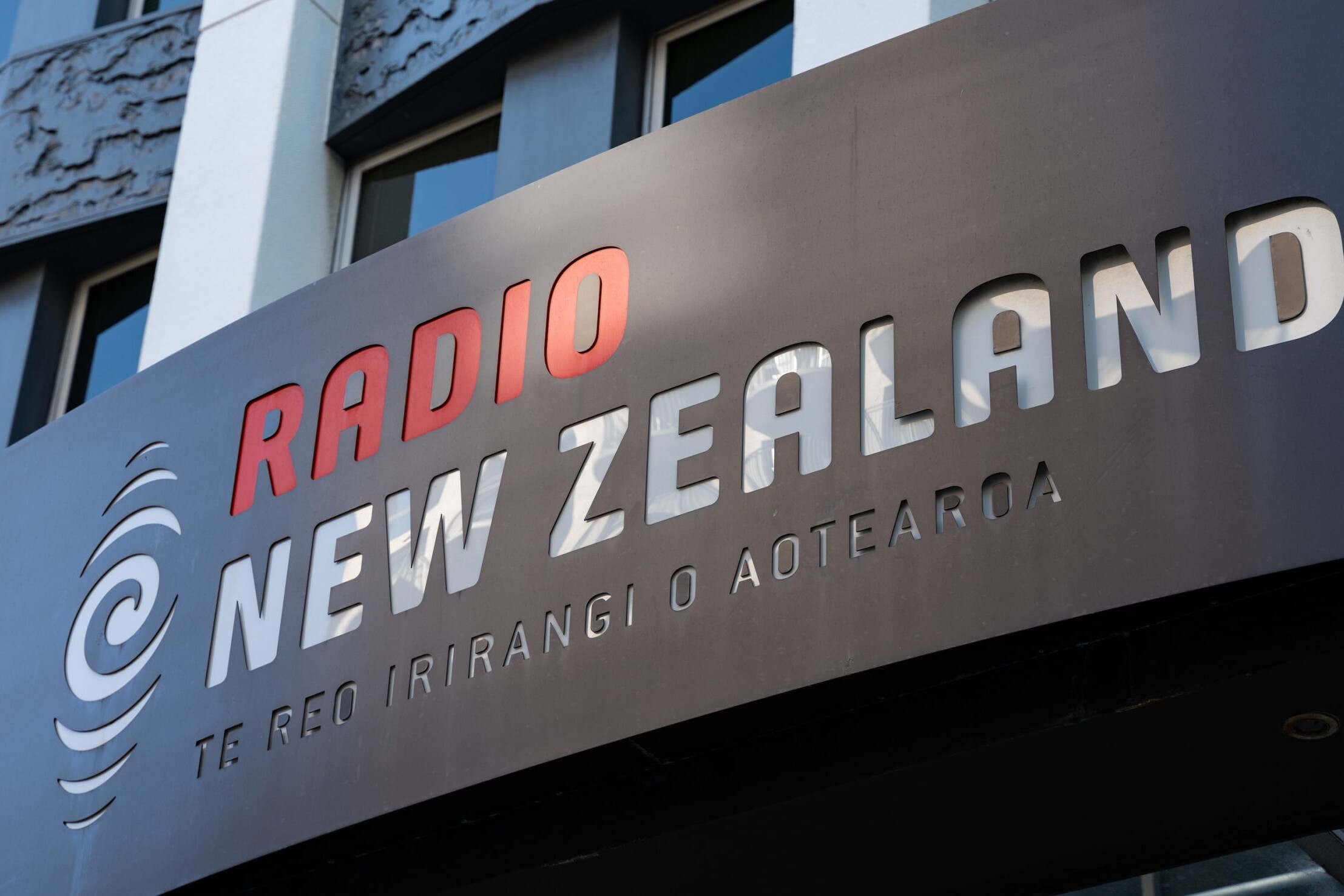More details announced for New Zealand’s new public media entity
29th June 2022
The new entity will be called ‘Aotearoa New Zealand Public Media’, according to draft legislation.

Key details for New Zealand’s proposed new public media entity have been announced with the publication of draft legislation.
The legislation comes after the first concrete proposals for how the organisation will look were unveiled in March. The proposals would see the two current separate public media entities – Radio New Zealand and Television New Zealand – subsumed within a much larger entity. Whereas both RNZ and TVNZ are linear-centric, this new organisation will be focussed equally on the digital sphere.
“The new entity’s centre of gravity is going to be around digital engagement, digital distribution,” RNZ’s CEO, Paul Thompson, told PMA’s Media: Uncovered podcast, in March. “It’s going to be around all those new ways people are connecting with media and spending their time. That’s the core of the plan.”
Following the release of the Cabinet Paper, the draft legislation has now entered New Zealand’s parliament. Some of the detail had already been announced by the government in May, including the funding arrangements, which would see the new entity operate with a mixed funding model.
The draft legislation included some key details for the new organisation:
-

Radio New Zealand Building, Wellington. Credit: Harry Lock. It will be called Aotearoa New Zealand Public Media (ANZPM).
- It will operate under a Charter which provides its mandate.
- It will come into existence on 1 March 2023.
- RNZ and TVNZ will eventually be dissolved, by no later than 1 March 2028.
- All services run by RNZ which are currently commercial-free must continue to be commercial-free when ANZPM is established.
- The board will have anywhere between 6-9 members, at least 2 of whom must have been appointed with “regard to their knowledge of te ao Māori and tikanga Māori.”
- Content must be free of charge – if content is initially broadcast with a charge, it must subsequently be available with no charge.
- The Charter will be reviewed periodically; the first review will be 5 years after the Act passes.
- All employees of RNZ and TVNZ, except the Chief Executives will be automatically transferred to ANZPM.
- A Chief Executive of the new entity will be appointed.
- The new entity must collaborate with other media and Māori media entities.
How will the new entity be more digitally centric?
The legislation contained essential tenets for a public media organisation: editorial independence, impartiality, representing and reflecting the diversity of society, and delivering content for the underserved and underrepresented parts of society.
But it was also open-ended to allow for the organisation to be flexible and adapt in a rapidly changing media environment.
Within the Charter, there are critical points that demonstrate how the new entity will be able to provide more content in the digital space, rather than be tied to more linear forms of distribution. For example, the new entity will be obliged to:
- “Address any areas where public broadcasting is not easily accessible; or meeting the needs of New Zealand’s diverse communities.”
- Ensure “that the means of broadcasting content and services aligns with audience preferences and needs”
- Innovate and take creative risks.
This recognises the fast-moving and changing habits of audiences in terms of how they use and consume media. It does not burden the new entity with any one type of technology, format, or platform, but instead leaves it open.
Funding still a critical issue
The organisation’s editorial autonomy has not been put at threat through this legislation. Four sections detailed in the legislation identify how the entity’s independence could not be compromised by the Government. This includes safeguards against the censoring of content, or the wrongful dismissal of a board member.
PMA remains concerned, however, about the current proposed funding arrangement. A mixed-funding model – part public, part commercial – is in many ways, a secure and reliable system. It means the organisation is not wholly independent on any one stream of revenue.
But the public funding will come directly from the government budget. This works well when a government that believes in the principles of a strong and independent public media is in power. But if this changes, and a political party hostile to public media comes into power, it could leave the new entity exposed to a drastic reduction in funding. This could then affect the organisation’s ability to fulfil its Charter. Consequently, the public’s access to an independent public media could be greatly impacted.
PMA will be commenting on the draft legislation and looks forward to engaging with the New Zealand Government on these issues.
Listen to RNZ’s CEO, Paul Thompson, speak on episode 2 of PMA’s podcast, Media: Uncovered
Related Posts
11th March 2022
New Zealand to establish new giant public media entity
The New Zealand government has…
4th March 2022
New Zealand: Announcement of public media merger imminent
The long-awaited decision on the merger…
1st April 2021
Group of experts to develop case for new public media entity in New Zealand
A Governance Group of eight media…

